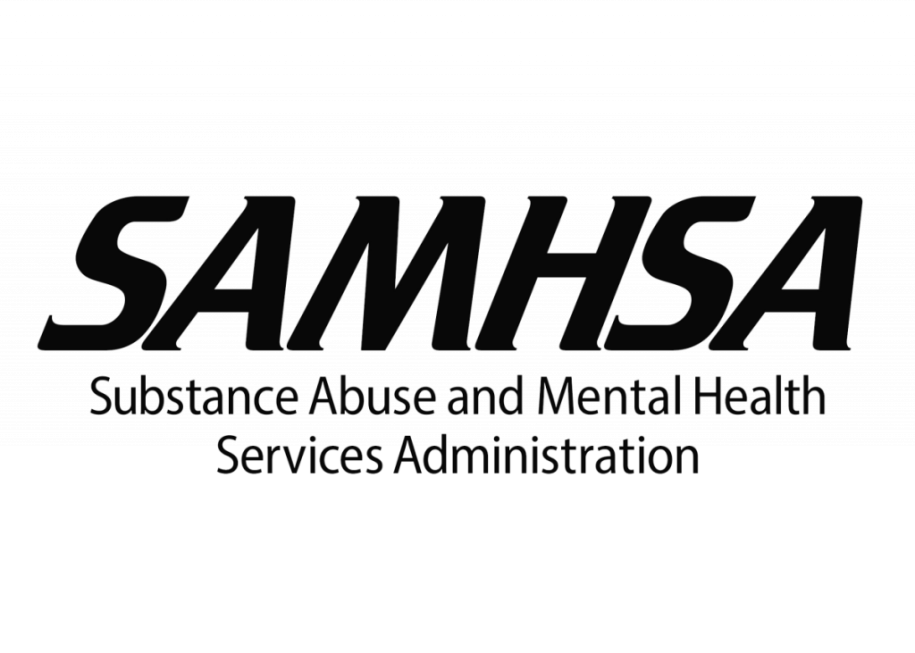Highlights
- A behavioral health crisis service system that provides the right response at the right time requires strong collaboration between stakeholders such as state and federal 988 and 911 and 988 Suicide & Crisis Lifeline policymakers; 911 Public Safety Answering Points; emergency medical services; law enforcement; mobile crisis teams; and related national, state, and local associations.
- Coordination and collaboration of these and related systems will require stakeholders to work together to build complete crisis response services that are culturally and linguistically responsive; build and restore the trust of at-risk populations; use data for performance improvement; educate each other; be technologically competent and supportive; include training and response protocols for all parties, including assessments of risk versus safety; maintain confidentiality; and provide compassionate and effective responses.
- Public education is needed regarding what 988 is, when to call 988 versus 911, the collaborative nature of the two systems, and how all the components of the response and any follow-up will transpire.
- Systems changes and long-term maintenance will require the financial sustainability available through multiple funding sources—federal, state, and local government; public and private insurers that abide by parity laws; public and private grants that provide some flexibility; and new sources of funds through appropriations and fees.

